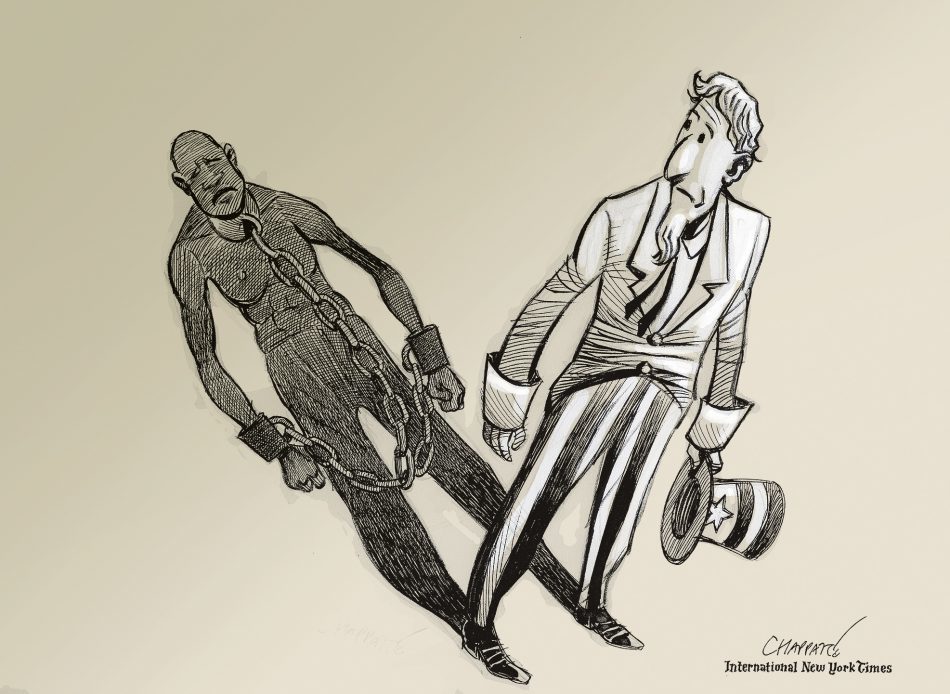Epidemia of Walls in an (Un)free World
Definition of “Wall”
“The English word ‘wall’ is derived from the Latin vallus meaning a ‘stake’ or ‘post’ and designated the wood-stake and earth palisade which formed the outer edge of a fortification. Walls have traditionally been built for defense, privacy, and to protect the people of a certain region from the influence or perceived danger posed by outsiders” (from Joshua J. Mark, Ancient History Encyclopedia, https://www.ancient.eu/wall/).
Walls are social constructions that are often used in a metaphorical sense, serving as canvas to cultural and/or political projections. An example in point is the 1979 album The Wall of the progressive/psychedelic rock band Pink Floyd. Physical walls are the offspring of our mental walls but physical walls, in turn, also impact our mental maps and the way we configure spatial identities and alterity.
In academic terms, walls have further been described as “an exercise in verticality” (Carl Nightingale), as “top-down controlled sluices of human movement, points of banishment, and perfect locations for tax collection” (Carl Nightingale), as “material things with symbolic meaning” (Tamar Herzog) and, finally, as “sites of negotiation and practice-making or -following” (Tamar Herzog).
All quotes from Suzanne Conklin Akbari, Tamar Herzog, Daniel Jütte, Carl Nightingale, William Rankin and Keren Weitzberg, “AHR Conversation: Walls, Borders, and Boundaries in World History”, American Historical Review 122, no. 5 (2017): 1501–1553, doi:10.1093/ahr/122.5.1501.



